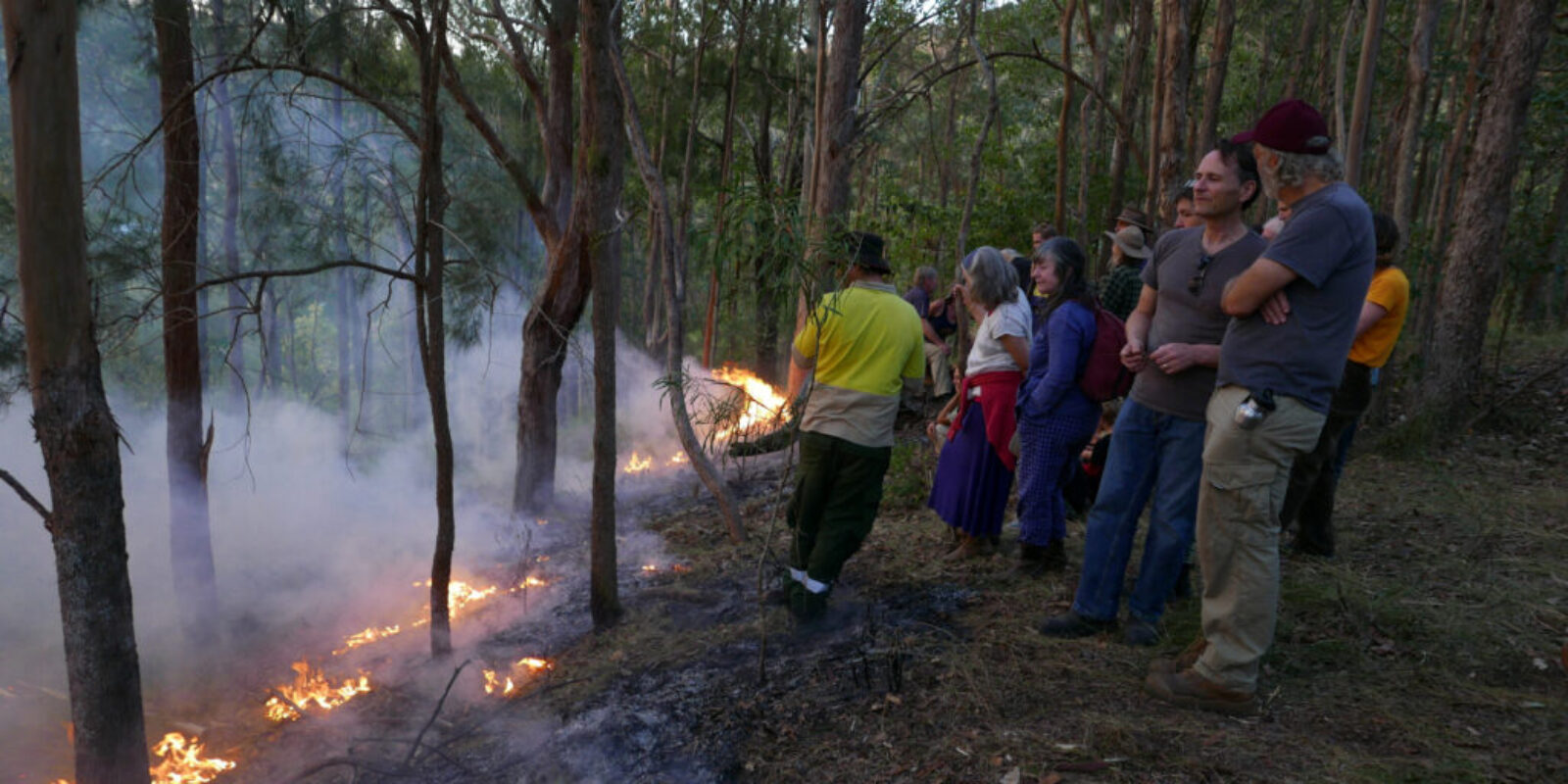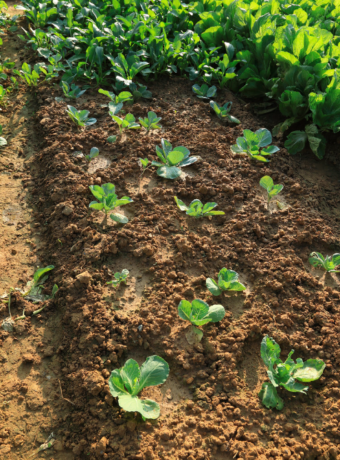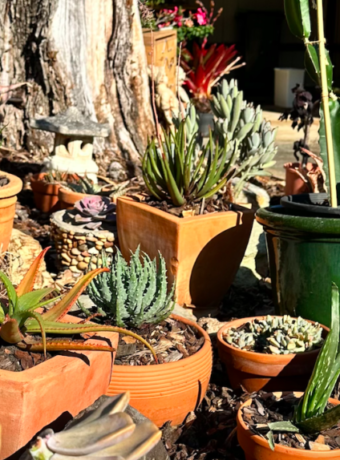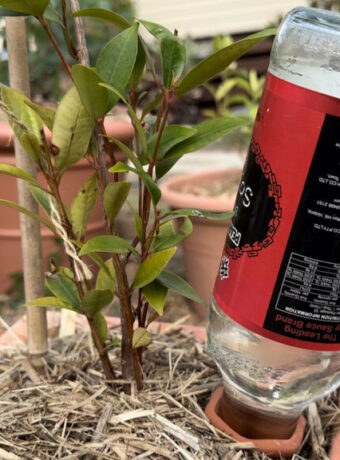Australia’s bushfire season, often coinciding with El Niño, can be intense. Hot, dry conditions create the perfect storm for wildfires, and understanding this connection is the first step toward preparation.
Fire-resistant gardening for beginner permaculturalists combines the wisdom of permaculture with the holistic approach of systems thinking. By observing, understanding, and working with the natural systems in your garden, you can create a resilient and fire-resistant oasis. Remember that fire-resistant gardening is not only about safeguarding your property but also about nurturing the environment and fostering community resilience. Embrace these principles, and you’ll be on your way to creating a beautiful and sustainable garden that thrives even in the face of wildfire threats.
Building resilient systems
At its core, permaculture encourages us to observe, understand, and work with the natural systems around us. This philosophy aligns perfectly with the principles of systems thinking, which emphasises the interconnectedness of all elements within a system.
I have previously shared one of the most important models to help beginner permaculturalists think in systems— the adaptive cycle model for social-ecosystems.

There are two variables that impact how resilient and adaptive a system will be to external stressors:
Potential:
Potential refers to the capacity or opportunities within a system or ecosystem for growth, development, and change. It encompasses the resources, energy, and conditions that enable a system to evolve and adapt.
- High potential indicates a system’s ability to experience growth, innovation, and renewal. It suggests the presence of favorable conditions and resources that can support change and development.
- Low potential suggests limitations or constraints that hinder growth and adaptation. It implies that a system may be approaching a state of stability or stagnation.
Connectedness:
Connectedness refers to the degree of interrelationships, interactions, and linkages within a system or between elements of a system. It measures the extent to which components of the system are connected and influence each other.
- High connectedness signifies a tightly interconnected system where changes or disturbances in one part of the system can quickly propagate and affect other parts. This can result in rapid responses to external factors or events.
- Low connectedness implies a more fragmented or loosely connected system, where changes or disruptions may have limited ripple effects. This can lead to a more isolated or compartmentalized response to external influences.
The more potential (or resources) within a system, and the more connectivity (how embedded and integrated those resources are) the more susceptible the system is to external shocks and stressors, and the less resilient it will be. External shocks and stressors are inevitable and largely uncontrollable to us, but we can intervene within the system to ensure that it is adaptable through these inevitable cycles of change.


One great example is the concept of “sick country” in Aboriginal culture. When indigenous people refer to sick country, what they are typically referring to is land that has a really high level of connectivity— think overgrown bush land, that we might label as “untouched” or “wilderness.” This is the type of system that is particularly vulnerable to risks, and that’s why Indigenous people have been using controlled burns as a technique to build the adaptive capacity of the environment.


Indigenous traditional burning serves as a land conservation technique within this framework:
- Growth Phase: The land starts in a phase of growth with diverse vegetation and ecosystems. Aboriginal people use their traditional knowledge to recognise when the land might be entering the “sick country” phase, often indicated by an overgrowth of vegetation or high connectivity of flammable materials.
- Conservation Phase: To prevent or mitigate crises, controlled burns are strategically conducted during this phase. These burns reduce excess vegetation and promote biodiversity. Indigenous practices often involve setting low-intensity fires that mimic natural processes, preventing more destructive fires later on.
- Release Phase: Despite controlled burns, some fires can still occur naturally or due to external factors. However, because of the earlier conservation efforts, the intensity and impact of these fires are reduced. This phase allows for renewal and regeneration.
- Reorganisation Phase: After the release phase, the land can reorganise and return to the growth phase, with healthy ecosystems and reduced fire risk.

Designing Your Fire-Resistant Garden
Now, let’s dive into how you can apply permaculture principles and systems thinking to create a fire-resistant garden:
Zone and Sector Analysis: In permaculture, zoning helps organise your garden according to the frequency of use and maintenance. Consider placing fire-resistant plants and defensible space (clear areas with reduced vegetation) closer to your home in Zone 0 to Zone 1. Analyse sectors, such as prevailing winds and sun angles, to determine how fire might spread and where to create firebreaks.
Fire-Resistant Planting: Biodiversity is a fundamental permaculture principle. Introduce a variety of fire-resistant plant species to your garden. Native plants are often well-adapted to local fire regimes and support local wildlife. Choose plants that are naturally fire-resistant or have low flammability. Succulents, herbs, and some evergreen trees fall into this category. Maintain appropriate spacing between plants to prevent the rapid spread of fire. Additionally, diverse plantings create microclimates that can mitigate fire risk.
Water Management: Implement water-harvesting techniques like swales and rain gardens to store moisture in the soil. Adequate soil moisture acts as a natural firebreak. Incorporating drought-tolerant plants and mulching can further conserve water and reduce fire risk.
Defensible Space: If we’re aiming to reduce connectivity in our system, this can include the literal connectivity between vegetation and structures like our home. Create defensible space around structures by minimising flammable vegetation and using hardscaping materials like gravel or stone. Always remove dead dry leaves and vegetation that is highly flammable. This not only protects your home but also provides an area for firefighters to work safely.
Fire Safety & Emergency Planning: Even if your home is not vulnerable to bushfires, it’s important to prepare for any emergency in your home, including fire, floods, or storms. This is something that everyone in your household should do together. Make sure you have an emergency evacuation plan, a bag with any important valuables to take if you are forced to leave, an emergency kit, and a meeting spot for everyone in your household.



